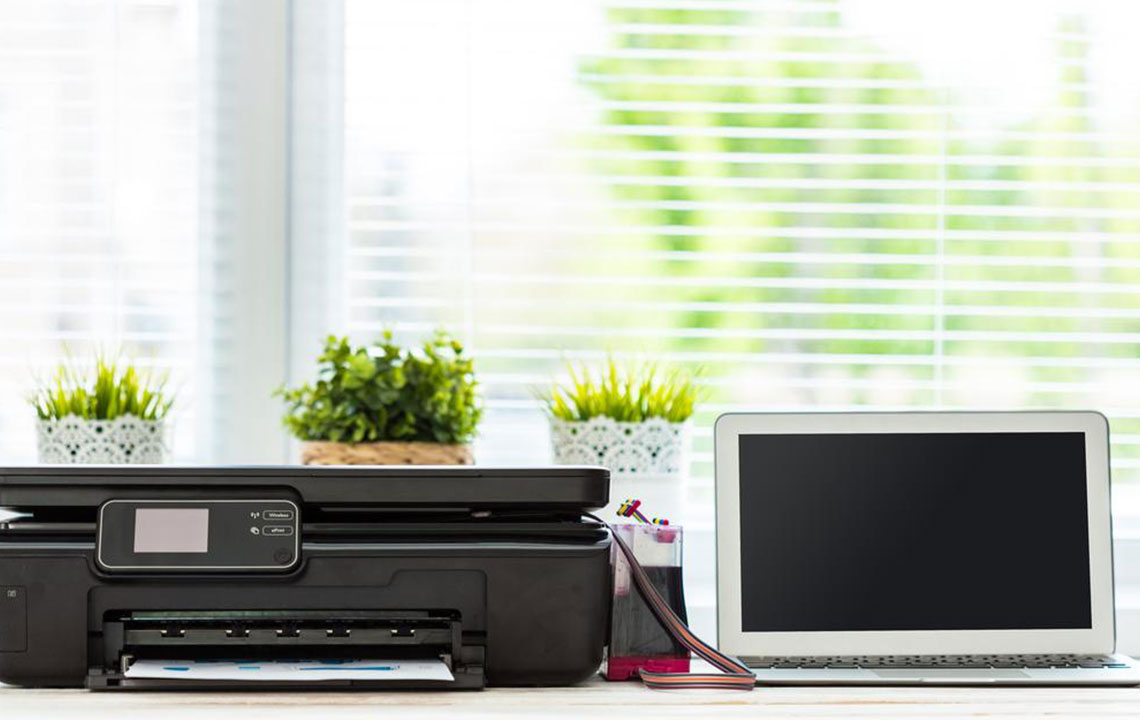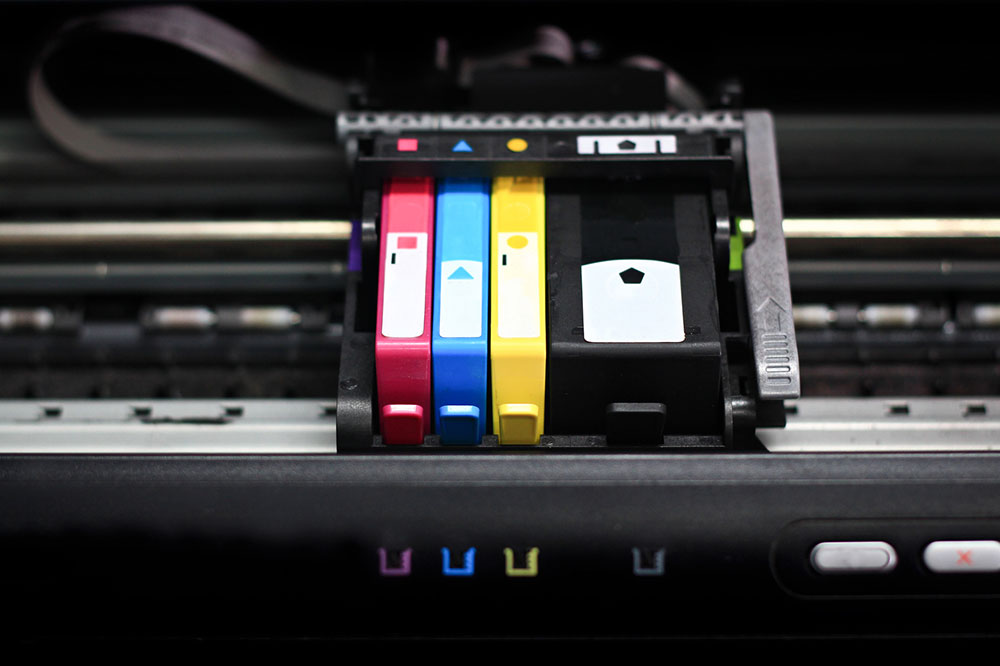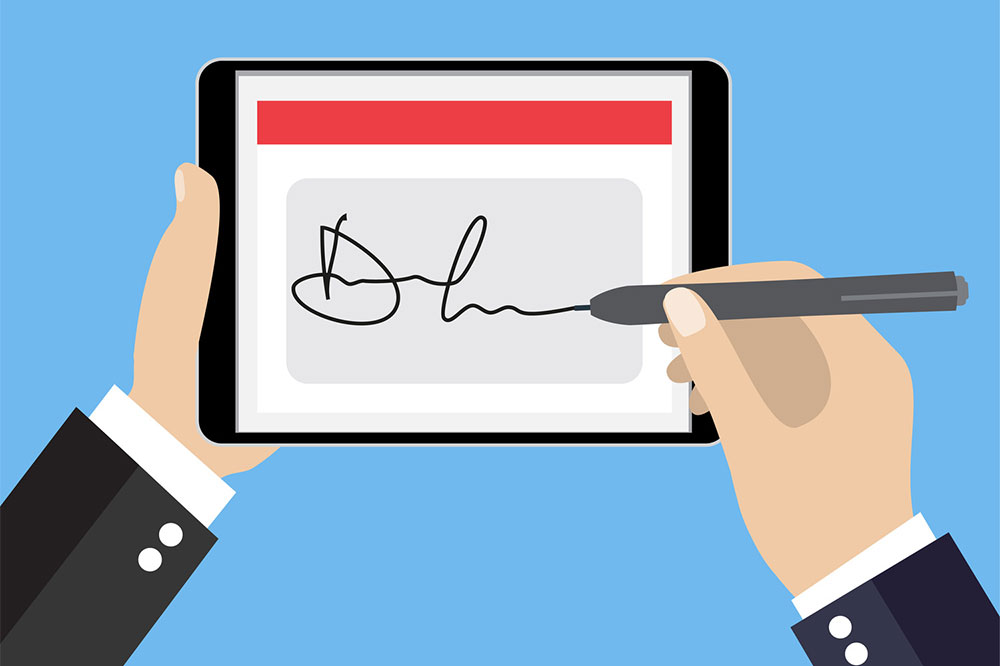Smart Strategies to Reduce Printing Expenses
Learn practical tips to reduce printing expenses, from selecting cost-effective devices to monitoring ongoing costs. These strategies help save money while maintaining efficient printing habits and choosing the right supplies for your needs.

Smart Strategies to Reduce Printing Expenses
Effective Tips to Lower Printing Costs
When purchasing printers or scanners, considering the initial price is important, but understanding the total cost of ownership is crucial. Long-term expenses such as ink, toner, paper, and maintenance often surpass the basic device cost. Many budget-friendly printers may seem affordable upfront but can incur high operational expenses. Being aware of these costs and planning accordingly can save you significant money over time.
Proper budget planning involves estimating ongoing expenses. While manufacturers advertise cartridge page yields, real-world usage often results in variations. Monitoring your printing habits and calculating the true costs can help you make informed decisions.
To effectively manage your printing expenses, it's essential to analyze your needs and compare costs across models. Focus on the total cost of ownership rather than just the device price. Pay particular attention to ink and toner prices, which can significantly impact your operational budget. Cheaper printers may have higher cartridge costs, affecting your savings in the long run.
Estimating your cost per page helps in budget management. Divide the cartridge cost by the number of pages it can print to get an approximate cost per page. For precise estimates, consider the typical page layout and coverage. Software tools can assist in forecasting these expenses, enabling better selection of printers suited to your printing volume and needs.
Regularly tracking your printing activity, including ink and toner consumption, with maintenance or page counter software, can help predict when replacements are needed. Smart monitoring ensures optimal printer performance and prevents unnecessary expenses.
Additional tips include routine printing to maintain printer health, avoiding frequent power cycling, and using compatible ink cartridges and quality paper. These simple practices can lead to substantial savings over time.









